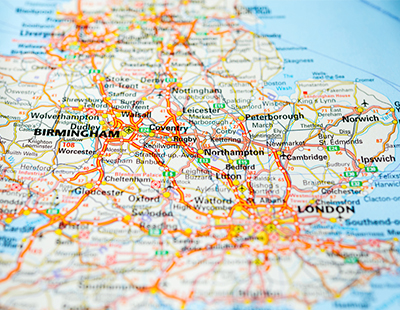
House prices were unchanged in October according to the latest Nationwide house price index, but a typical home now costs six times average earnings - the highest house price/earnings ratio since early 2008 as the market slowdown started.
However, the Nationwide says the steady decline in borrowing costs over the same period has helped to improve affordability for some home buyers. Indeed, it says the typical mortgage payment expressed as a share of average take home pay is little changed over the period and is still in line with the long-run average.
But there are enormous regional differences
“Even though mortgage interest rates are close to all-time lows, the cost of servicing the typical mortgage as a share of take home pay is now above its 2007 peak in London and above its long run average in the Outer Metropolitan and Outer South East regions. By contrast, housing appears far more affordable in northern England, Wales and Scotland” according to Robert Gardner, Nationwide's chief economist.
The no-change for house prices in October marked the end of 15 successive monthly increases. The annual rate of house price growth slowed to 4.6 per cent from 5.3 per cent in September.
“Measures of housing market activity remain fairly subdued, with the number of residential property transactions about 10 per cent below the levels recorded in the same period of 2015 in recent months" says Gardner.
"This weakness may still in part reflect the after-effects of the introduction stamp duty on second homes introduced in April, where buyers brought forward transactions to the first quarter of the year to avoid additional stamp duty liabilities. Policy changes impacting the Buy to Let market may also be playing a role in dampening activity" he says.













.png)


.png)




Join the conversation
Jump to latest comment and add your reply
Oh joy. Will anything be done to reverse this? I wait with (very) bated breath.
How has this been allowed to happen? I blame Thatcher.
Please login to comment